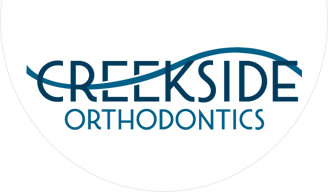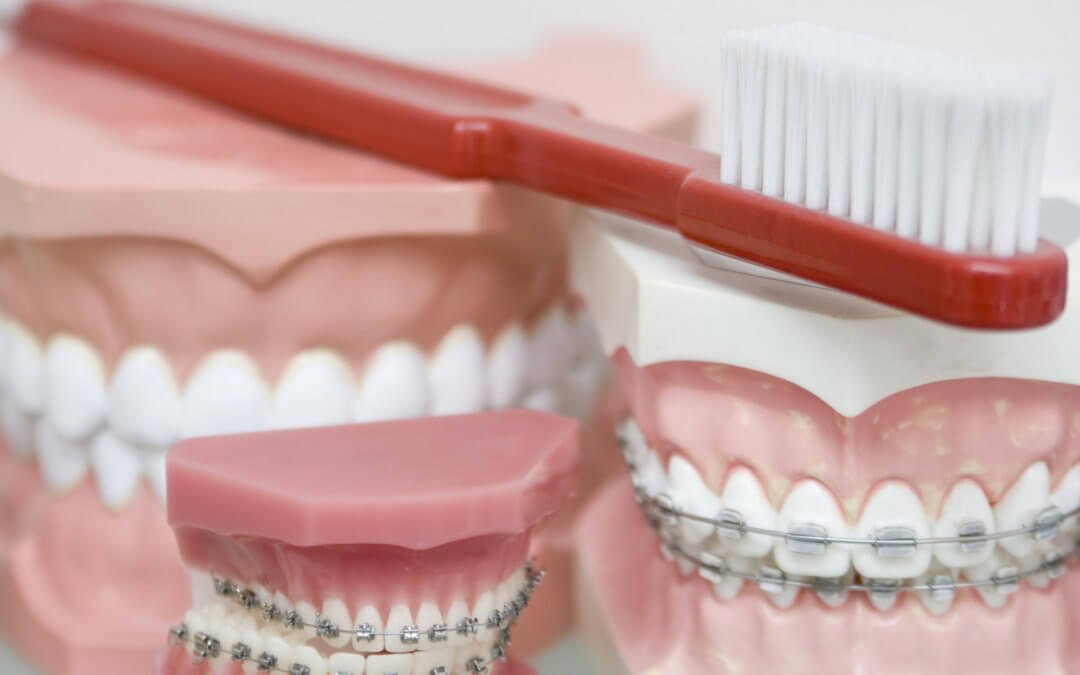If you’re raising a young child, you’ll be checking off his or her health milestones. This includes monitoring their developing teeth. What many parents may not know is that identifying and treating issues at an early age can reduce complications later.
This is called phase 1 orthodontics but what is does that really mean? You may wonder, is phase 1 orthodontics really necessary?
Let’s investigate 4 reasons why phase 1 orthodontics for children is so important.
1. Catch Issues Early
Phase 1 refers to the time when your child still has some or all of their baby teeth in place. Their adult teeth will be starting to come through.
When should your child first visit the dentist? The American Dental Association recommends before their first birthday. Taking your child to the dentist from this time gives the dentist time to observe how their teeth and jaw are developing.
During phase 1, your child’s jaw is still developing. By around age 7, you should take your child to his or her first orthodontist visit.
You may already have some concerns about the development of your child’s teeth. Or your orthodontist may spot certain issues during the checkup. Catching issues at this early stage makes them easier to treat.
Potential Issues
Seven-year-olds may present with one or more of the following dental problems:
- Open bite
- Protruding teeth
- Crossbite
- Crowding of the teeth
- Diastema – gaps between the teeth
- Issues related to thumb sucking
Some issues are suitable for phase 1 orthodontic treatment. They’ll respond better to treatment at this stage.
Other issues may not be so urgent. Your orthodontist may advise leaving other issues until your child is older.
Possible Treatments
Phase 1 orthodontic treatment usually focuses on correcting issues with the jaw or palate. Issues such as crowding can be corrected by gradually creating more space for the teeth.
Common treatments include palate expanders. This is a small device that the orthodontist will attach to the roof of your child’s mouth. This gradually helps to expand the palate and create more room for the teeth.
They can correct crossbites, which can lead to serious difficulties if left untreated. They are not painful, there will just be a slight feeling of pressure when they are adjusted.
It’s best to have this treatment around the age of 8 or 9. At this age, the palate is not as rigid as it will become during puberty. This means that the treatment is more likely to be successful and stop more serious problems from emerging.
Phase 1 braces are also effective. They can be used on their own, for just a few teeth, or for the whole mouth.
They can also be used in conjunction with other phase 1 orthodontic treatments. This includes palate expanders, orthodontic headgear, and a thumb sucking device.
2. Reduce the Need for Treatment Later
The most common reason for phase 1 orthodontics is that your child has developed a crossbite.
A crossbite refers to one of the top teeth sitting behind the lower teeth when the jaw is closed. This can also happen the other way round. This can cause serious difficulties.
If your child does not have phase 1 treatment, their jaw may develop out of alignment. This is because your child may have to move their jaw into an unnatural position for their teeth to sit together comfortably.
As your child grows, their jaw will grow asymmetrically. This will likely require jaw surgery in the future to correct, possibly along with further orthodontic treatment.
During phase 1 there is a narrow window of time to influence the growth of your child’s jaw. Catching and treating jaw problems using phase 1 orthodontic appliances is the best course. It can help your child completely avoid having surgery or other extensive treatments later.
Crossbites are also linked with ongoing issues such as tooth decay, sleep apnea, and tooth pain. Dealing with this using phase 1 orthodontics will save a lot of distress in the future.
3. Reduce Likelihood of Speech Difficulties
A speech impediment can have a big impact on our self-esteem. Teeth and jaw alignment issues cause many speech difficulties.
Have you noticed your child lisping or whistling while they speak? They might grow out of it, or it might be down to an overbite. Gaps in the teeth can also contribute to this.
If you notice your child is slurring his or her words or struggling with pronunciation, misalignment may be the cause.
Talk to your pediatric orthodontist about these issues. Phase 1 orthodontics may be the answer. A few months of treatment could correct misalignment issues permanently.
4. Improve Aesthetics and Self-Esteem
Aesthetics are not usually the reason for initiating a course of phase 1 orthodontic treatment. However, in certain cases, they can be.
However, having a crossbite, teeth crowding, or crooked teeth can be distressing. That’s true for children and adults alike. Your child may be experiencing bullying and related self-esteem issues.
The improved appearance of the teeth is a great bonus for going through phase 1 orthodontic treatment for children. Talk to your orthodontist about the right course of treatment for your child.
He or she will advise you whether phase 1 braces are the right treatment. Your orthodontist may also advise you to wait a little longer. This will allow them time to monitor your child’s development.
Schedule a Phase 1 Orthodontics Appointment Today!
Are you still wondering, is phase 1 orthodontics really necessary for my child? It’s a very reasonable question, and the only way to find out is by taking your child for an orthodontic checkup.
If your orthodontist finds a problem and leaving it poses a greater risk than treating it, phase 1 orthodontic treatment is the right answer. It’s much better to treat these conditions early, while your child is still growing.
At Creekside Orthodontics, we understand that this is an emotive issue for parents and children alike. We pride ourselves on creating a relaxed atmosphere for all our patients.
Schedule an initial consultation today. Our orthodontist, Dr. Gregory England will advise you on the best course of action for your child.

